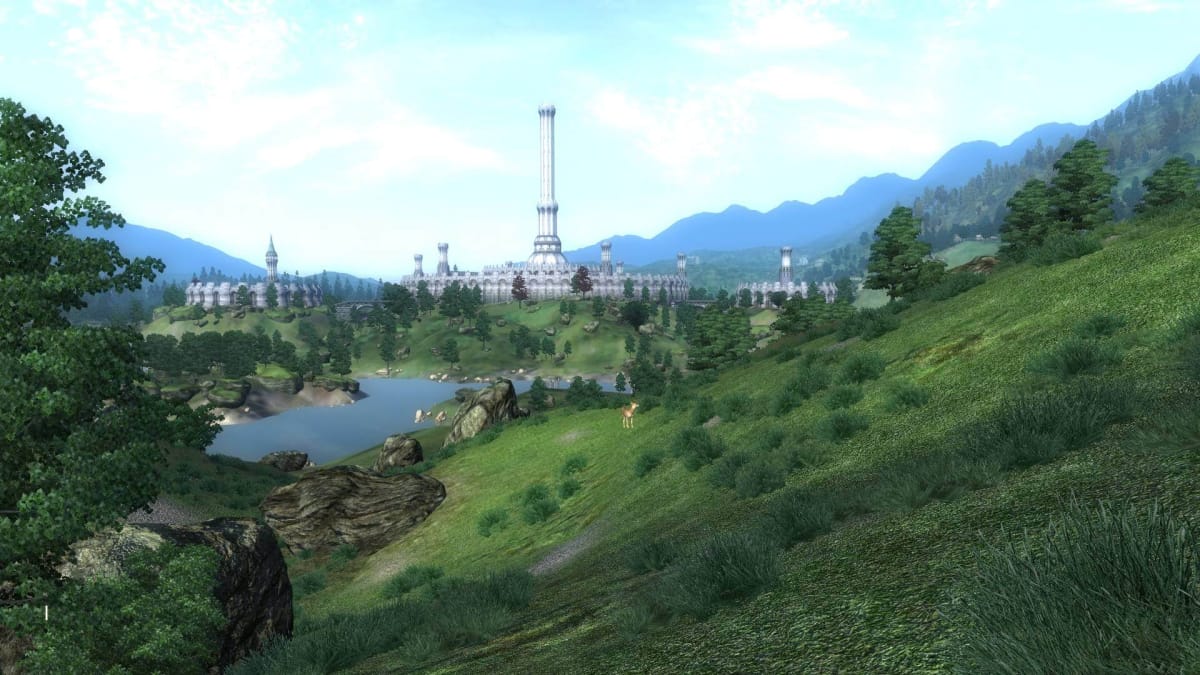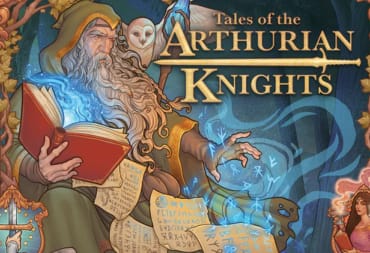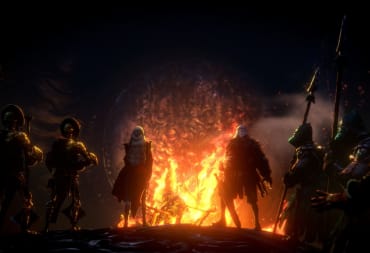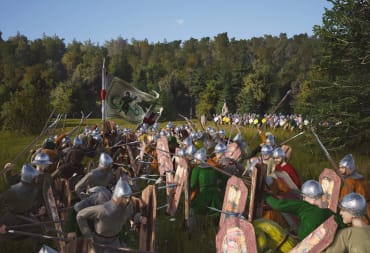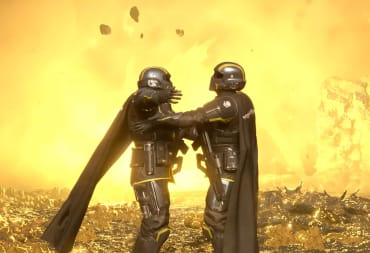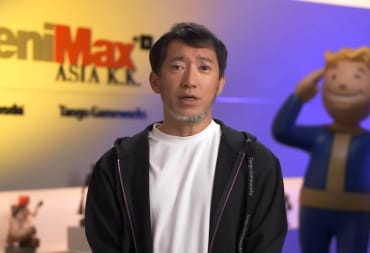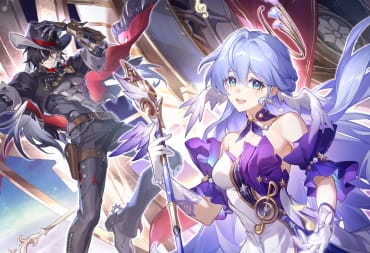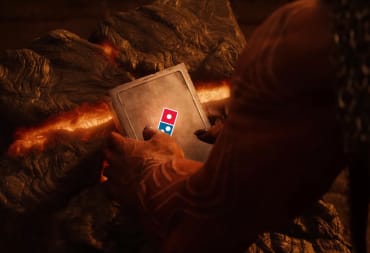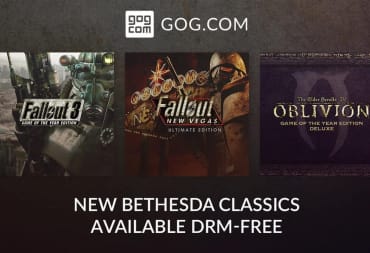The Elder Scrolls series, like it or not, is a franchise that has become a cornerstone of gaming culture. Bethesda’s rich fantasy world, gorgeous sandbox vistas, and charmingly buggy game design often coalesce into some of the most popular titles ever sold today. This past week also happens to be a milestone: the 15th anniversary for the release for what I would argue is the unsung hero of the Elder Scrolls series, The Elder Scrolls IV: Oblivion.
Many point to The Elder Scrolls V: Skyrim for being the game that defined a whole generation. After all, it is a title that for 10 years now has been released for every system and format for the past three generations. Yet in many ways, Skyrim built its entire structure on the bones of Oblivion, though refined in many ways in hindsight. Fifteen years later, Oblivion is a massive meme, a game so broken it deserves some snide chuckling for its shortcomings. Yet, what is often lost in the conversation is how important the game really is.
Setting the Stage
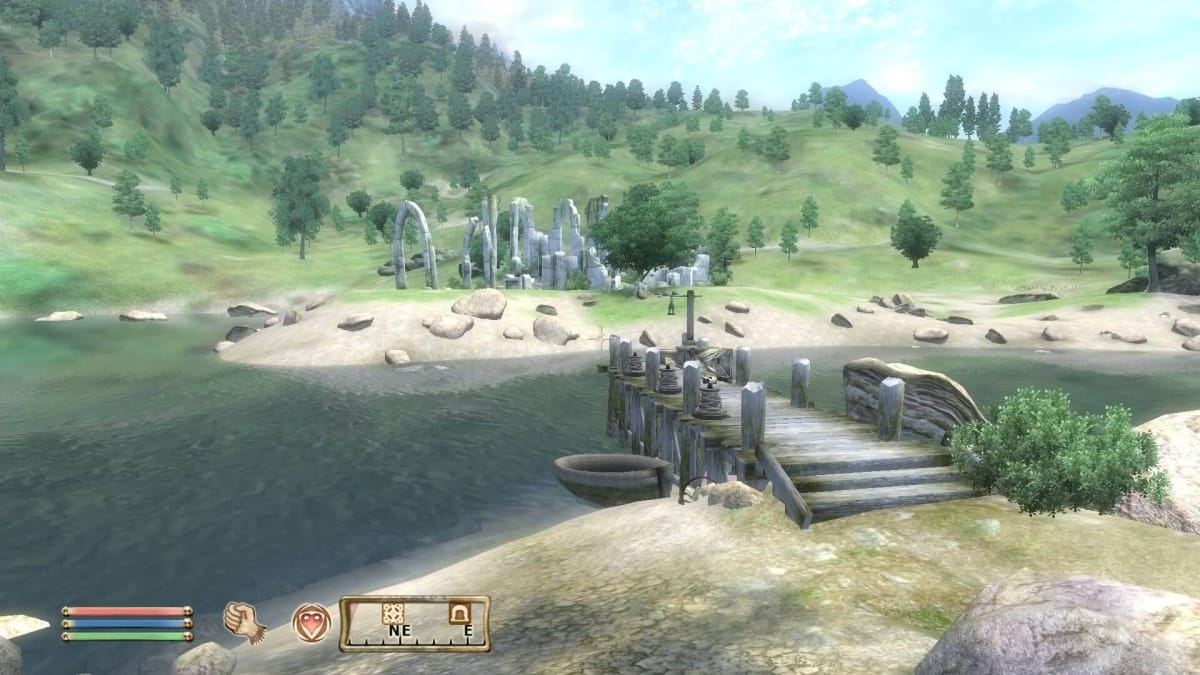
When people think about Oblivion today, it is mostly the memes of poorly designed and voiced NPC’s doing odd things in-game. You have plastic faces plastered on the doughy balls to represent flesh, blocky bodies that jerk and move in unusual ways, canned animations, conversations, and AI schemes that, for all intents and purposes, feel so quaint in comparison to anything today.
Much of the design of Oblivion feels old when looking at it today. Practically every dungeon is a weird labyrinth of assets copied and pasted multiple times. For 2021, it has aged poorly.
Yet, for 2006, it was a game changer. Let’s not forget the bright, colorful feelings of the world when we first stepped out of the sewers from the prologue. The times we wandered the streets of Skingrad, or shopped in the Imperial City. The combination of music and visual styles is one that offers a relaxing feeling, like a country stroll with sunny skies ahead of us. The world of Cyrodiil, more so than the alien lands of Vvardenfell in Morrowind, was inviting.
That sets the stage for players in a key way; it lets them know that their pathway through this game is ultimately their choice. The decision to go any direction, search every dungeon, talk to every person—it was a tangible form of freedom that many players never felt before. It was, essentially, the first time for many playing in the sandbox.
Blazing a Trail
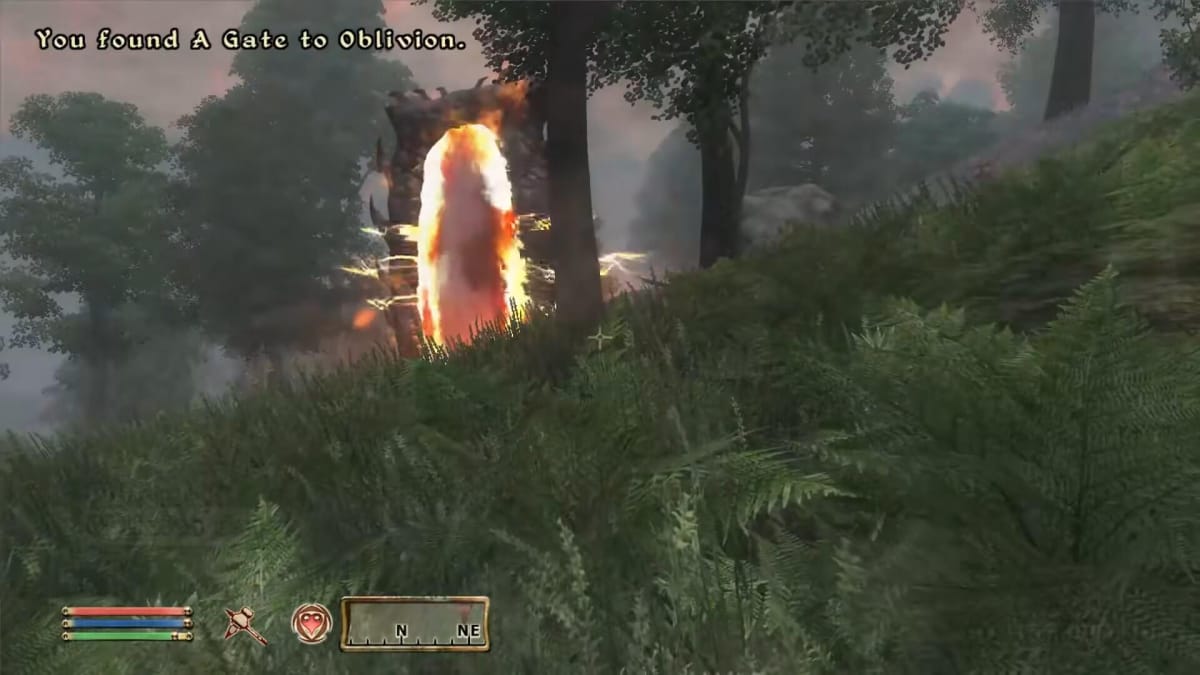
When Oblivion was released in 2006, the relative hype behind the project was massive for the time. A big-budgeted, first-person role-playing game, the follow-up from a popular but ostensibly cult hit that is The Elder Scrolls III: Morrowind, became one of the killer apps for the mid-2000s, an anticipated game that many were dying to play. It was also a watershed moment by marking a transitionary period for games as a whole.
Consider, for example, how Oblivion was one of the major releases for the Xbox 360. It was a massive game that was playable on console, when the competition at that time couldn’t handle the game’s open nature. Until the mid 2000s, typical RPGs followed a more turn-based style with some deviations for action-RPG here and there. Computer-RPGs were a rarity for consoles, and the likes of Baldur’s Gate and Might and Magic thrived heavily due to this.
Much like Halo before it, the relative smoothness of Oblivion on consoles ushered in a newfound popularity for computer RPGs. Combined with the waning popularity of turn-based games at the time, Oblivion served, for many, as the entry point for players into a different style of game: the more complex character building, a free-form story and adventuring, and even open-world mechanics which were already gaining popularity at the time, thanks to the likes of Grand Theft Auto III.
What’s more, the design of Oblivion, being an open world, allowed for player freedom in ways that were unique to sandbox titles, something Bethesda experimented with. One of the best examples of this is the actual content of Oblivion. While not all of the storylines were well conceived, a majority of the quest lines and side quests which to this day are some of the more unique set-ups an RPG can see.
One of the best examples of this is a memory burned in my brain to this day.
I remember once, after diving through a cave slaying hordes of headless zombies and skeletons with the magical power of fire and lightning. I just leveled up, after hours of adventuring as the sun began to set both in real life and in-game. I go to sleep, expecting to level up and continue my exploration. Instead I am greeted by a hooded figure, with a gravelly voice that sends a chill up my spine.
“You sleep rather soundly for a murderer,” he said. “That’s good. You’ll need a clear conscience for what I am about to propose.”
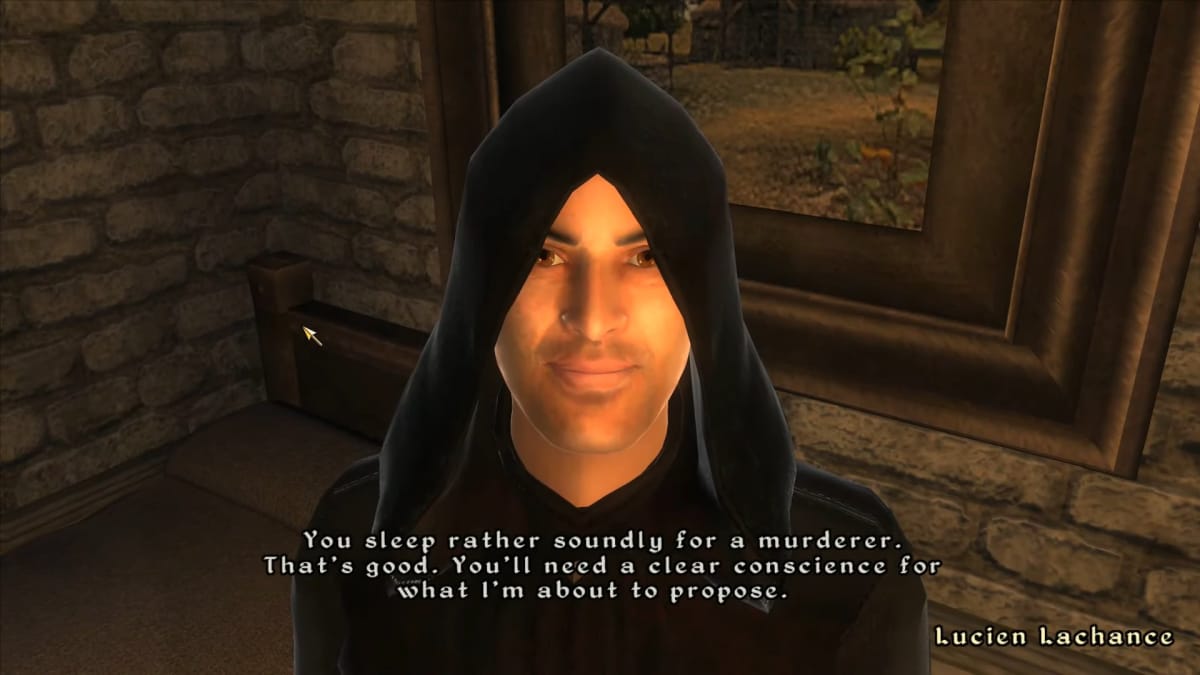
A scene like above is one of many moments of equal surprise and excitement that encompass the original playthrough I had in The Elder Scrolls IV: Oblivion. It is a moment that many likely discovered by accident their first time in Cyrodiil, myself included. I spent hours doing quests and exploring dungeons, not knowing that when I accidentally killed an NPC it would open up the Dark Brotherhood as a questline.
The Dark Brotherhood questline as a whole is one of the most fun and unique strings of quests you can participate in. Other highlights include dealing with a paranoid elf, saving a village turned invisible by a wizard, and rescuing a painter who is trapped in a painting. One string of quests that is well loved is how you can pray at the Daedric shrines and do some rather unique quests for powerful rewards.
The setup for some of these quests, being wholly random also combine with the exploratory nature of the game. Who remembers finding a bottle of Shadowbanish wine in a random fort, only for it to trigger a new quest to keep track of? How many hours did it take you to figure out how to join the Thieves Guild? What was your reaction when finding the horrors in Hackdirt or Henantier’s Dreamworld? The charm of these quests and their setups are what made Oblivion unique; it rewarded the player for not only paying attention, but also experimenting with the game world by simply interacting with it at their own pace.
That is the real power Oblivion has and what makes it hold up well today. It is not the graphics, but the feeling of accomplishment, the fact that the player can randomly uncover something unique by simply opening a chest in a dungeon or finding a new quest in a moment of serendipity.
Oblivion's DLC Legacy
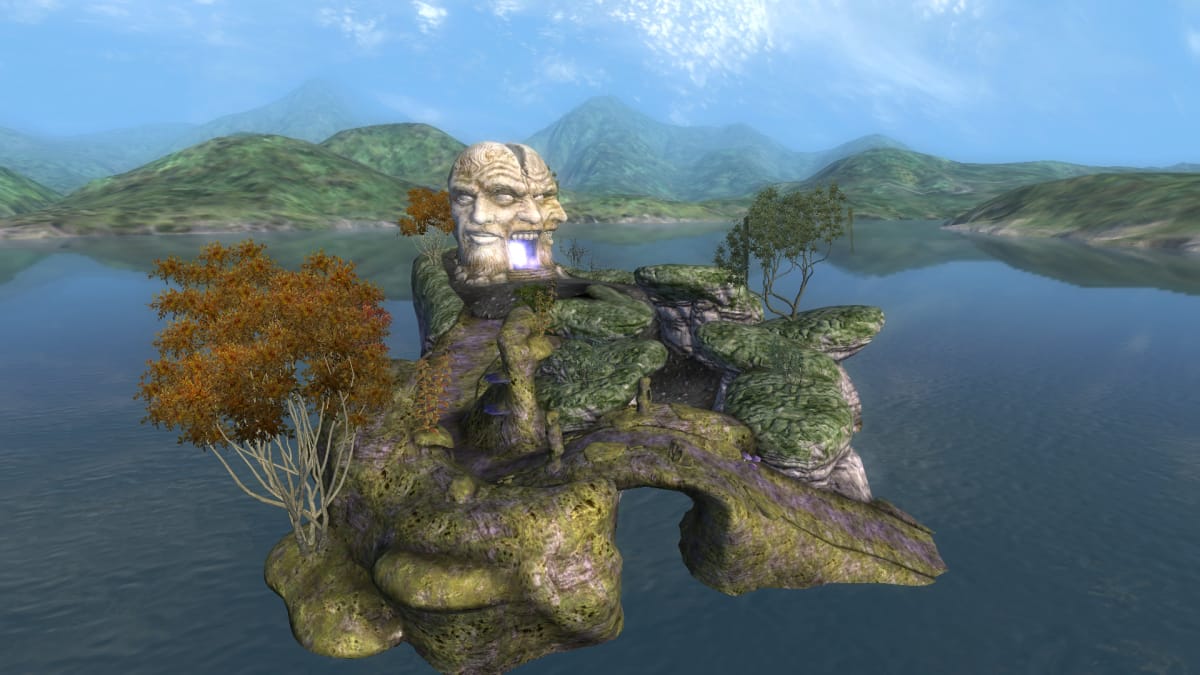
One other way Oblivion was important would be how the business side of gaming would be changed through the advent of downloadable content. Whether or not we consider this a good change, however, is totally up to the perception of the player. Prior to Oblivion, there were only a few games where that was possible and accessible for consoles, mostly on the original Xbox. For PC players, an expansion pack was the norm.
Then, we saw the release of horse armor.
True, horse armor as a DLC was massive miscalculation that everyone practically ignored, but it broke the ice for what would be a stream of DLC that would follow. All of the DLC for Oblivion was originally released between April 2006 and October 2007, with three parts added as purchasable content a month after the game's release (horse armor, the orrery, and the wizard's tower). A total of 10 bits of extra content were created, with one of the pieces being the full-on expansion of The Shivering Isles.
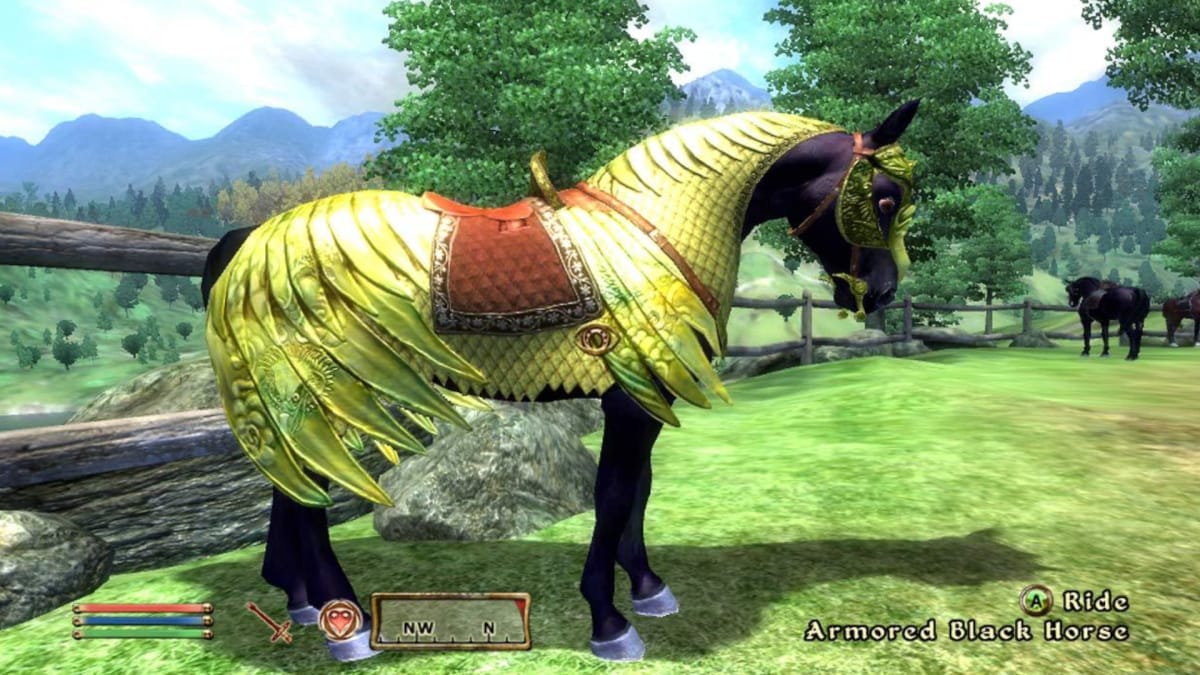
The stream of downloadable content was a watershed moment that served both positive and negative changes to the industry. On the positive side, it was the continuation of content for games that would add buying power for the player and value to the game. On the negative, companies can take advantage of DLC and be accused of predatory price gouging and delivering subpart content. For Oblivion, the majority of the smaller DLCs were singular quests, spell tomes, or themed strongholds, priced at $1 to $3, which for the time, were considered reasonable.
Except horse armor.
Still, the accessibility of new content, again enhanced by the growth in the console market, made the practice of DLC close to the norm for many games going forward. It is not like Bethesda was in new territory with this either; Morrowind had a few PC-only DLC that would add a single item, action, or a whole new quest line. The financial success and popularity of Oblivion, however, would bring the practice to the mainstream.
From the Jaws of Oblivion
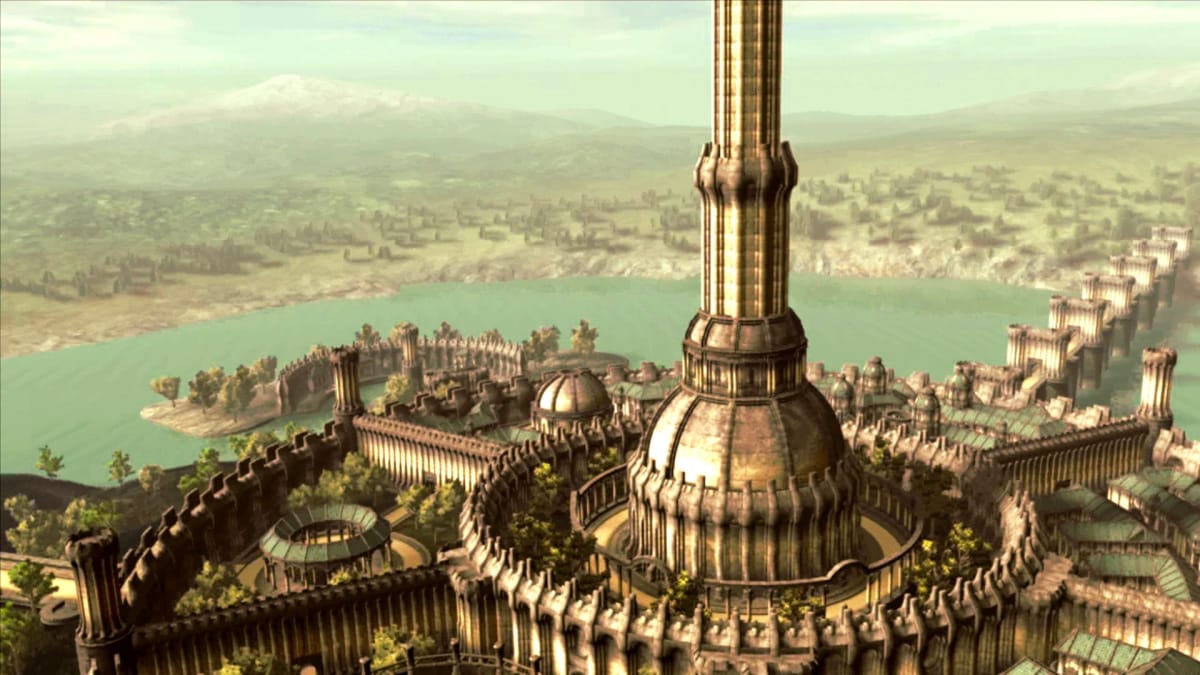
The passage of time often brings us perspective, and for many, The Elder Scrolls IV: Oblivion is a game with multiple faults. Yes, the combat is still janky, and the game's level scaling is completely broken. Most of the storylines are sub-standard when it comes to writing, and the main quest and use of Oblivion gates is tedious at best. We can see these flaws clearly, along with the outdated graphics and engine limitations.
This is why the memes regarding Oblivion are very commonplace. Oblivion is often the laughingstock of the Elder Scrolls franchise, and it's not without valid reasons. The mediocre voice acting alone brings most of the comedy, but the game's weaker elements are heightened through this too. Make no mistake, Oblivion is not a perfect game in any way.
Yet, the entire appeal of Oblivion was strong enough to suck us into its world. It brought CRPG’s into the mainstream, open-world games as the norm for world building, and DLC as a controversial business practice. Oblivion changed the landscape of video games in 2006, and in this way it deserves recognition for what it brought to the entire industry.
It is like an old exhibit in a museum, tucked away in a long forgotten corner with cobwebs slowly forming among its podium. It is deserving of recognition, a happy memory that we can recognize how important it is to us all.
Have a tip, or want to point out something we missed? Leave a Comment or e-mail us at tips@techraptor.net
